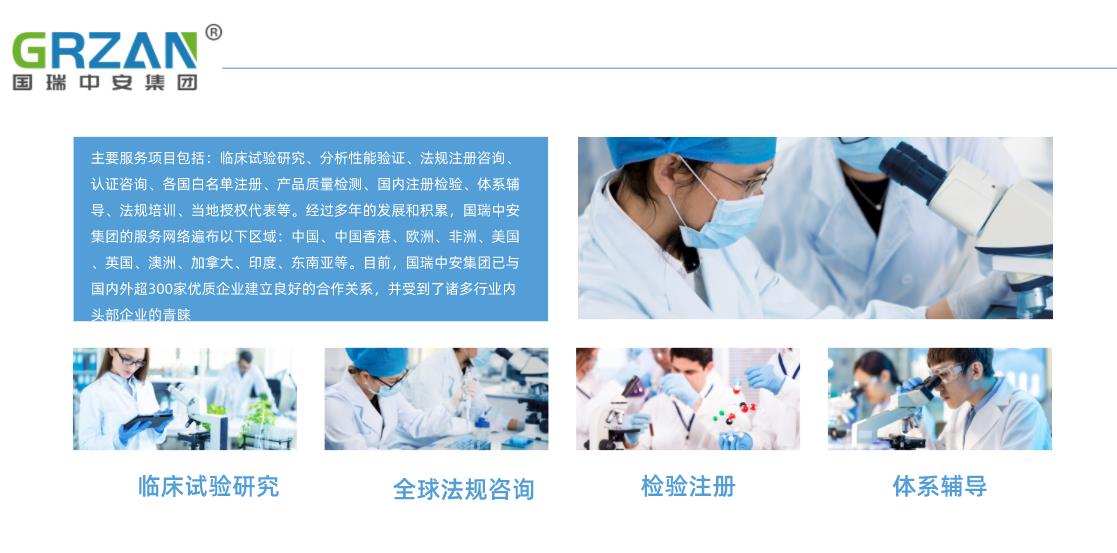How to apply for medical device certification in the United States?
Category:企業(yè)動態(tài)
Date:2024-12-25 17:20:46
Author:
Source:
To apply for medical device certification in the United States, you need to follow the process set by the Food and Drug Administration (FDA). Here are the key steps:
To apply for medical device certification in the United States, you need to follow the process set by the Food and Drug Administration (FDA). Here are the key steps:

Determine the Classification: The FDA classifies medical devices into three categories based on the risk level:
- Class I: Low-risk devices (e.g., bandages, manual stethoscopes).
- Class II: Moderate-risk devices (e.g., infusion pumps, blood pressure cuffs).
- Class III: High-risk devices (e.g., pacemakers, prosthetics).
Understand Regulatory Pathways: Depending on the classification, the pathway to approval will differ:
- Class I devices: Most are exempt from premarket notification but must still comply with FDA’s general controls (e.g., good manufacturing practices).
- Class II devices: Typically require a 510(k) premarket notification, showing that the device is substantially equivalent to an existing legally marketed device.
- Class III devices: Generally require Premarket Approval (PMA), which involves a more rigorous review process, including clinical trials.
Prepare Required Documentation:
- Submit detailed information about the device, including its design, intended use, labeling, and manufacturing processes.
- For 510(k) submissions, provide performance data to demonstrate the device’s safety and effectiveness.
- For PMA, more extensive clinical and preclinical data is often required.
FDA Review:
- The FDA will review the submission to ensure compliance with regulations.
- For 510(k) notifications, FDA approval is typically faster (within 90 days).
- PMA applications are more complex and can take several months to years for approval.
Post-Market Requirements:
- After approval, the device must meet post-market surveillance and reporting requirements, including adverse event reporting and quality system regulations (QSR).
- You will need to comply with ongoing FDA inspections and ensure continuous compliance with safety and quality standards.
Device Labeling:
- Ensure that the labeling of your device complies with FDA requirements, including clear instructions for use, indications, warnings, and any necessary certifications.
Contact Us:
Whatsapp or Wechat:+86 15816864648;email address:hito.lin@grzan.cn
.png)
